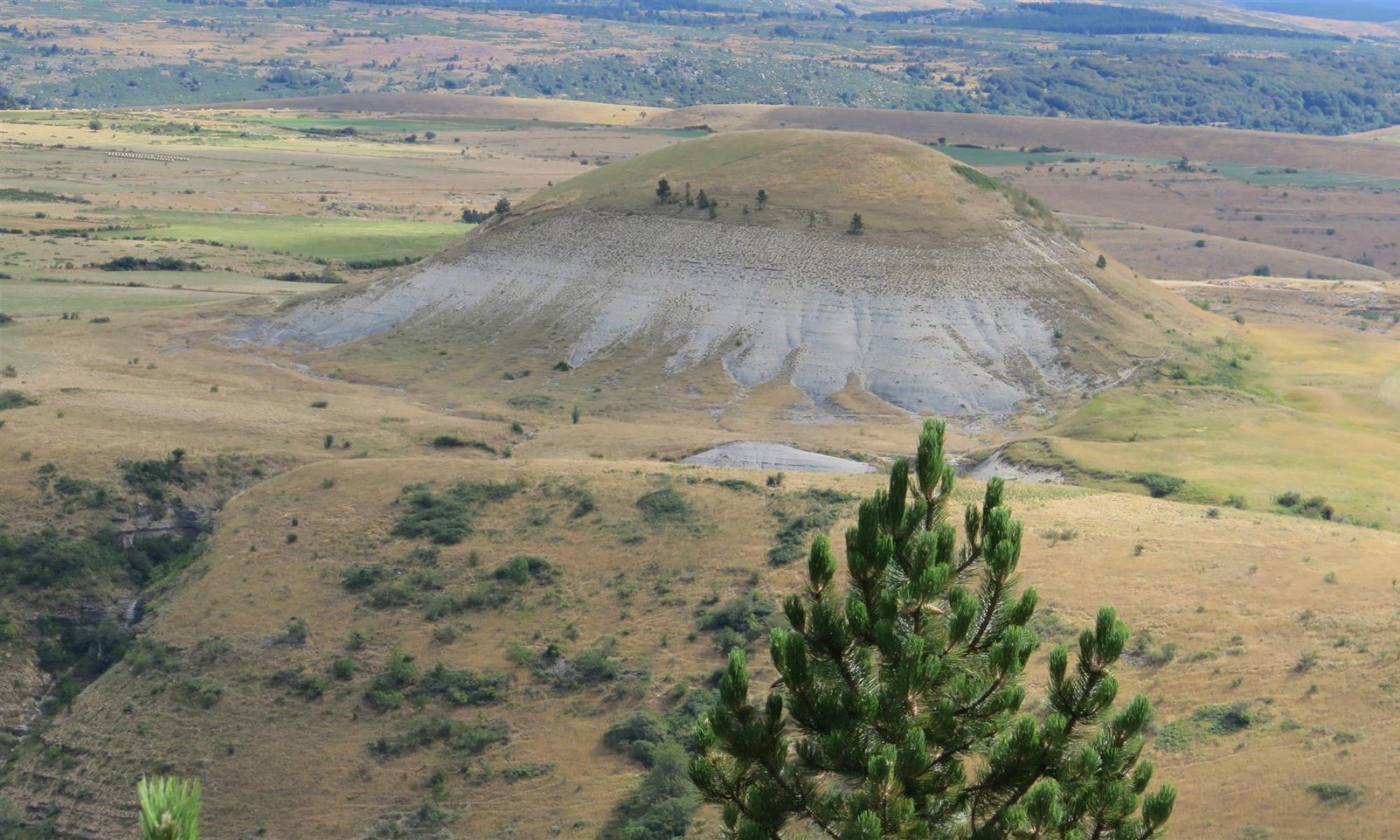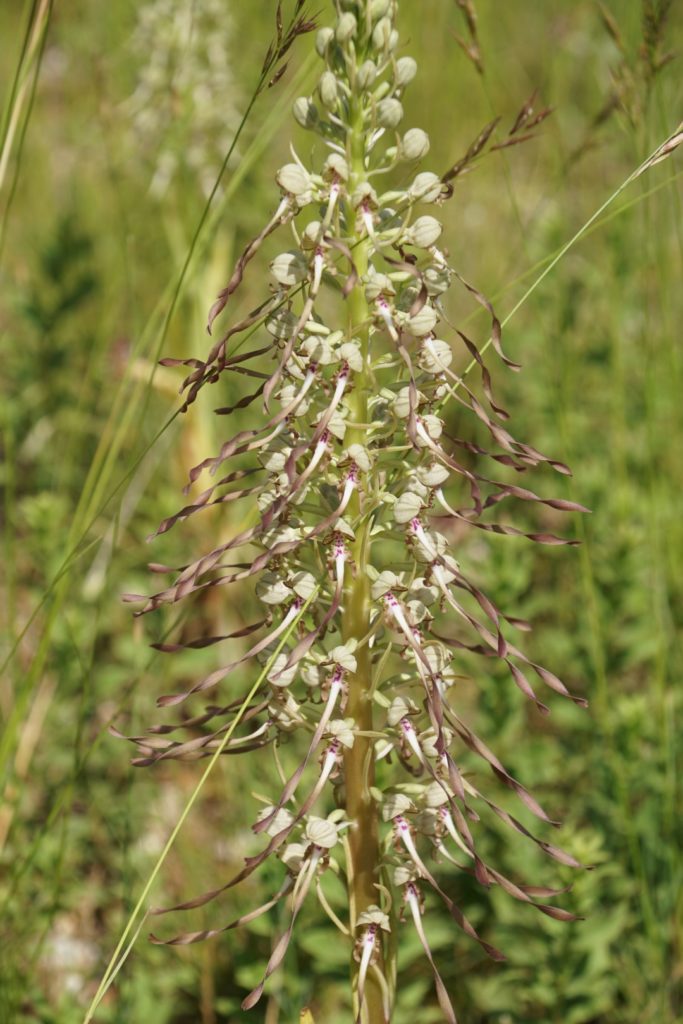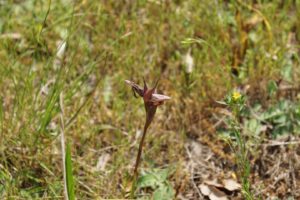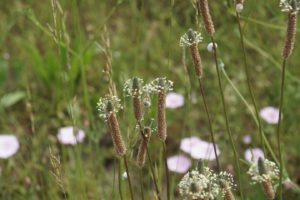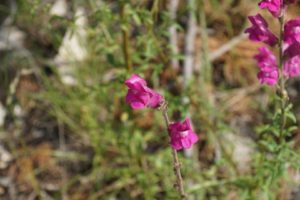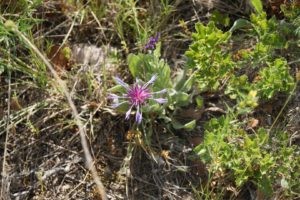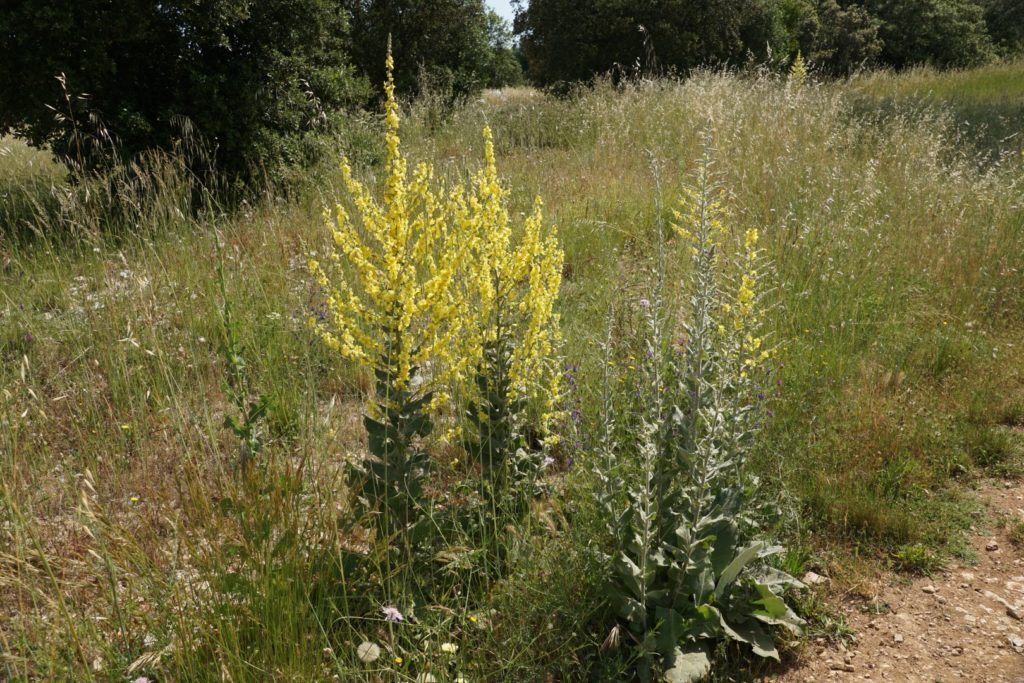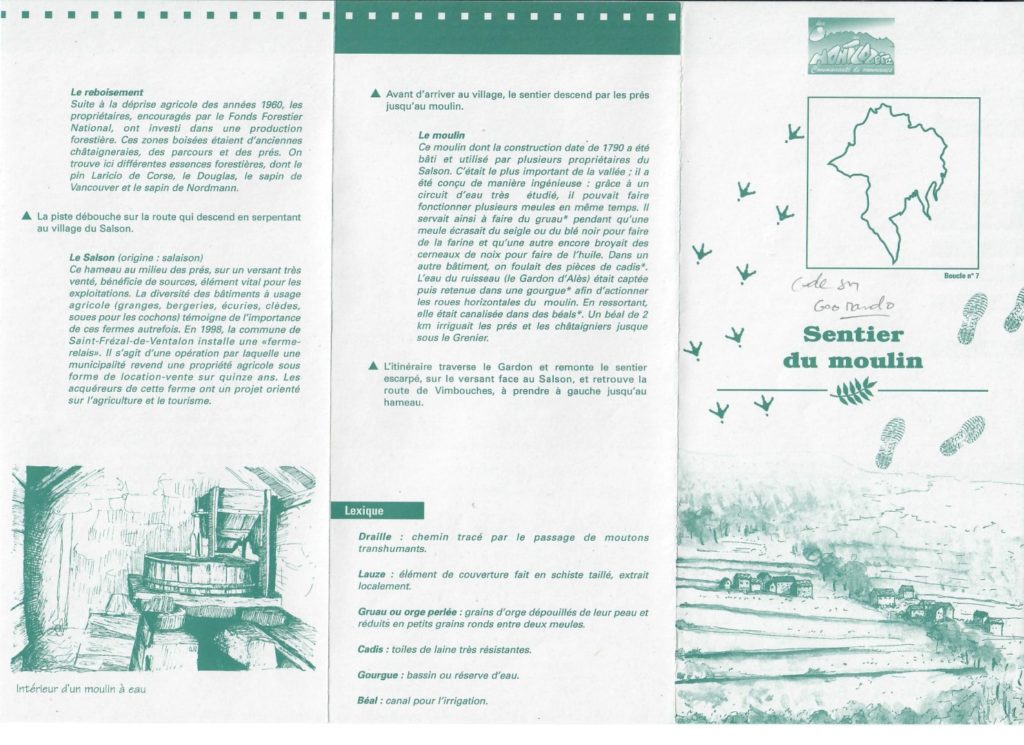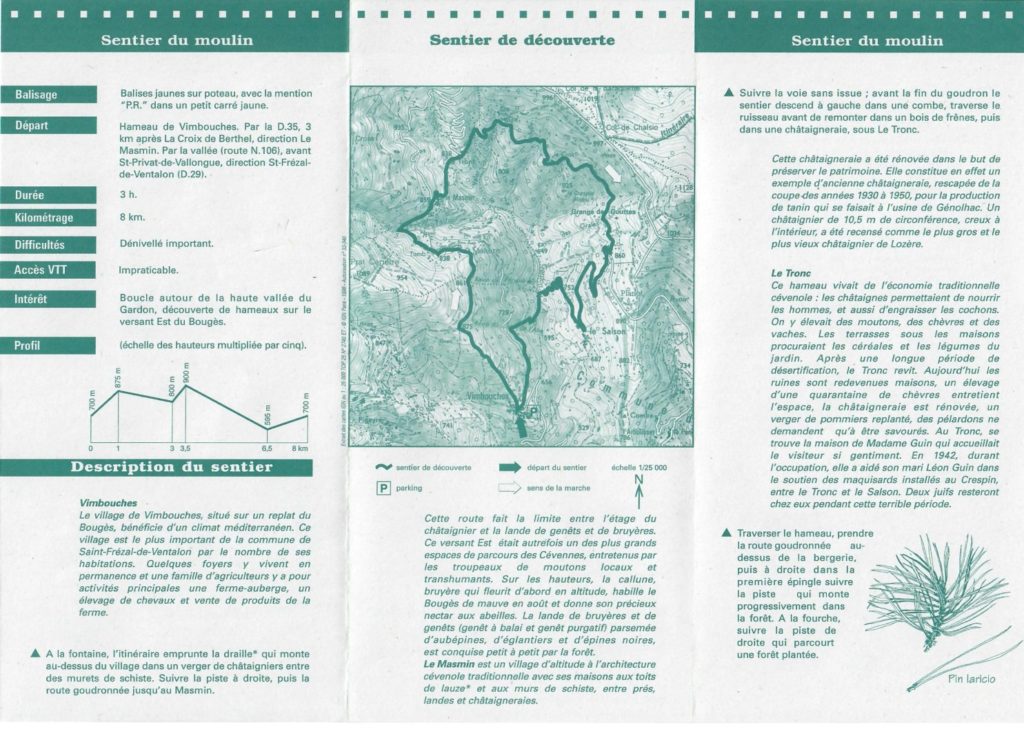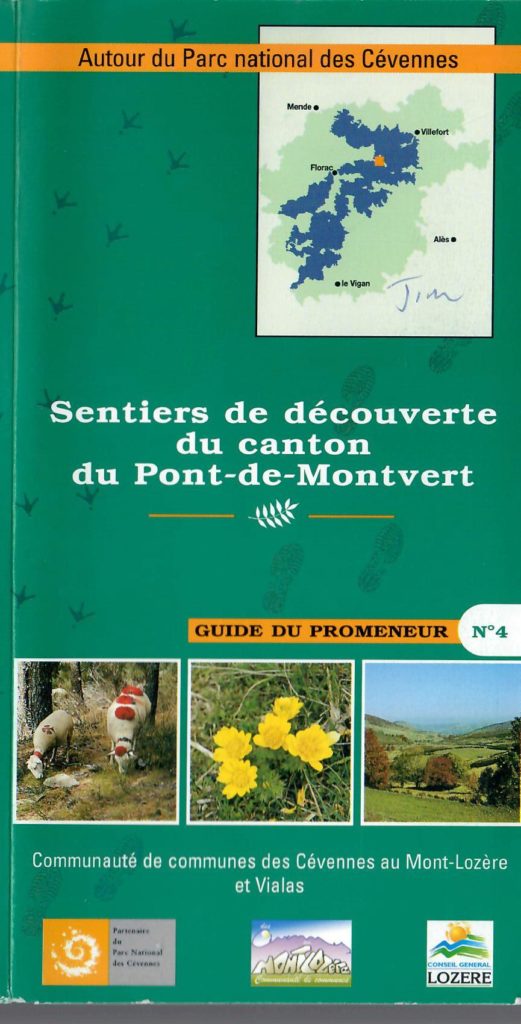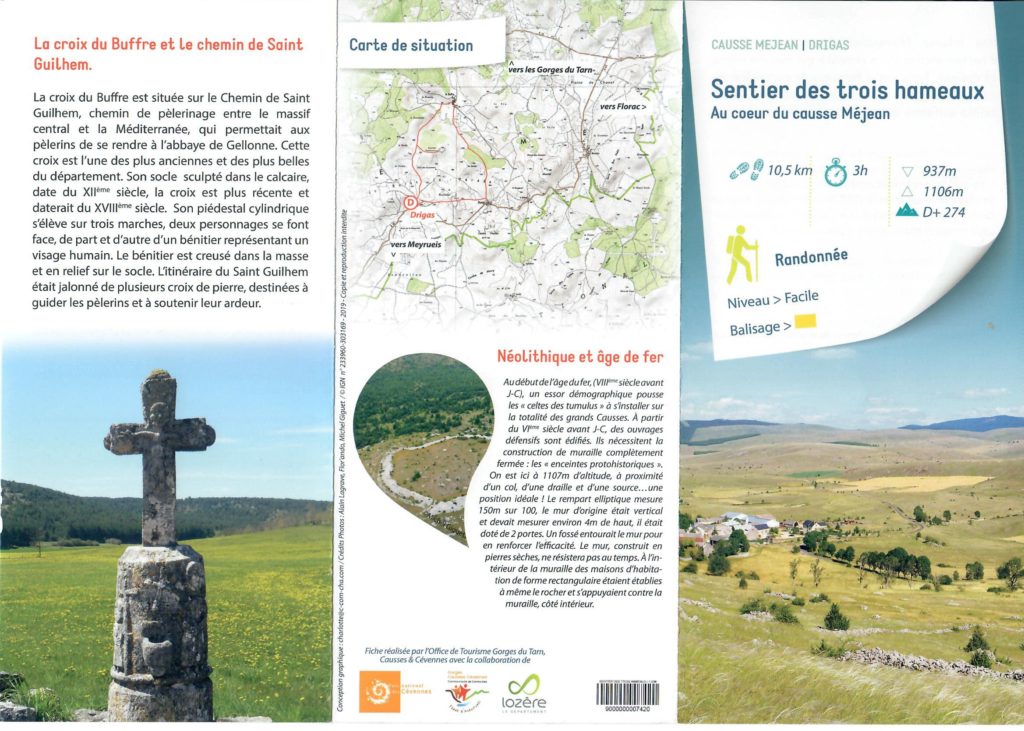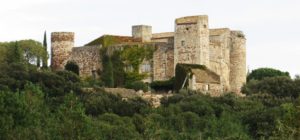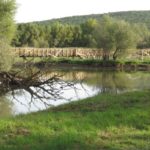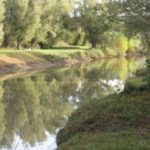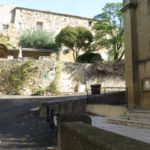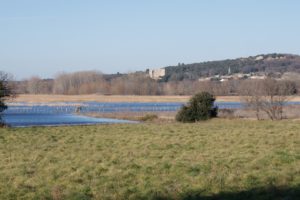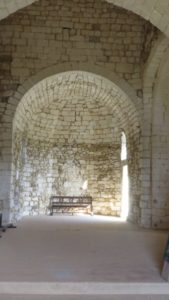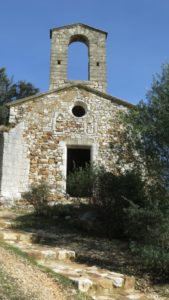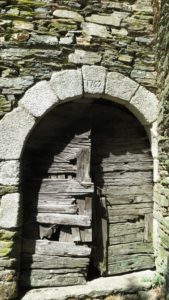The Clos Gaillard, near the French administrative town of Nimes has a story to tell. As early as the third millenium before the Christian era, the area was occupied – perhaps by hunter-gatherers, perhaps by farmers. Traces of human occupation remain from most subsequent periods of history. Fast forward to circa AD 1400 and the area, all 240 hectares of it, was ceded by the local village of La Calmette to the town of Nimes in exchange for a livestock market. The limestone landscape could not support intensive farming but there are fertile depressions among the limestone outcrops allowing for orchards and cereal production. Stone cabins in dome shapes attest to human occupation.
Modern farming developments and related population shifts to urban areas left the area mostly abandoned to scrub forest by the mid 20th century. Then came the fires – here and there – intermittent. After a major fire in 1974 the municipality of Nimes decided to reforest the area. This might have been a mistake because in 1989 a huge fire destroyed about half of the Clos Gaillard forest and many, many hectares beyond (over 600 in total).
This time the reconstruction of the area required a rethink and the result is a modern landscape park, less prone to fire, with more open spaces and many ethnobotanical features. The area contains rehabilitated stone cabins (known as capitelles), several waymarked walking routes, mini arboretums including a substantial collection of almonds and oak varieties, lookout points, educational exhibits etc. Much has been done to keep the site open with firebreaks and thereby favour the return of natural endemic flora (ex corn cockles, wild snapdragon, plantain etc) to an open milieu.
(The above notes about the history of the site are excerpted from this reference).
On this day in June, we were not expecting to see much novelty. It was just a stroll to take advantage of a beautiful spring day. We usually walked these routes in winter, but this was the first time in June. We were surprised, primarily by the numerous stations along the route where magnificent lizard orchids stood up to 80 cm tall. The rest of the flora sparkled as well (all pictures taken in Clos Gaillard, June 2021).
Here are the route details and some observation spots.
